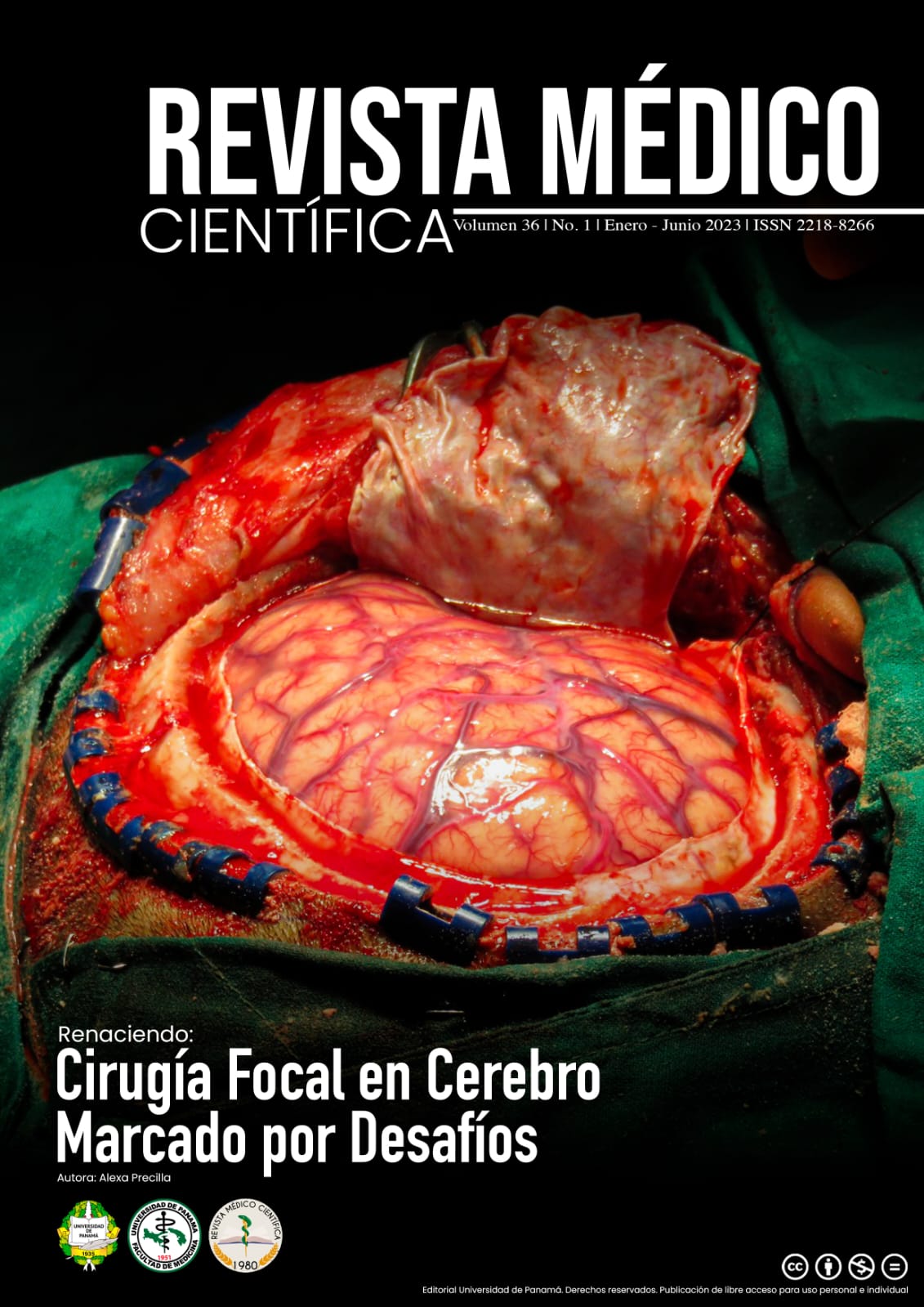


This work is licensed under a Creative Commons Attribution-NonCommercial-ShareAlike 4.0 International License.
Barrett's esophagus is a disease associated with gastroesophageal reflux disease, which can evolve into an esophageal adenocarcinoma. The adenocarcinoma develops in Barrett's esophagus in patients with high-grade dysplasia at a rate of 5.6-6.6% per year, as such it should be eradicated completely. Before the appearance of endoscopic therapy, esophagectomy was performed in all patients with this condition; however, this surgery has a high morbidity and mortality. Whenever possible, endoscopic surgery should be chosen. It has been shown to improve quality of life and has fewer side effects than open surgery. In this review, we will discuss the different endoscopic techniques currently used for the treatment of high-grade dysplasia in Barrett's esophagus, their benefits, prognosis, and complications.